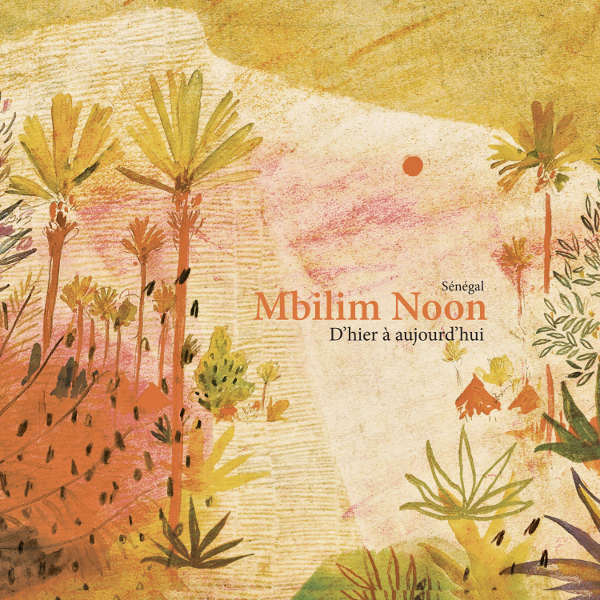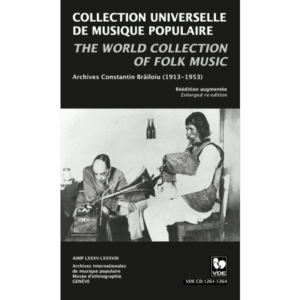Extraits / Excerpts
SENEGAL : MBILIM NOON : D’HIER À AUJOURD’HUI – RICH’ART NDIONE ET LE SAAWAL
Mbilim Noon : D’hier à aujourd’hui – Rich’Art Ndione et Le Saawal, ensemble Sérère Noon from Thiès, Senegal
Traditional : niilaa duwaa – Traditional / Richard Ndione : se waayee – Traditional : Diouloulenma – Traditional / Richard Ndione : yëngú léén – Richard Ndione : niilaa ngúraa – heetaa – Mariama – sëríñ tuba – leelaye – hul – kul saafi (Arr. by Alexandre Mbaye Ndione).
Rich’Art Ndione et Le Saawal : Richard « Khadim » Ndione (voix, guitare) – Brigitte Ndione & Ami « Djimbi » Ndione (chœurs) – Mame Françoise « Ngoye » Ndione (kan-ndang).
L’ensemble Rakhane Mbissane : Abdoulaye Faye (thiole) – Amadou Faye (mbal) – Samba Faye (tal-mbat) – Cheikh Ahmadou Faye (tougouni) *Sauf pistes 1 & 2 – Assane Faye (nder) *Sauf pistes 1 & 2
Avec la participation de *Pistes 7 à 11 : Anthony Grégoire (guitare solo) – Serge Tine (claviers) – Ndiassé Faye (batterie)
The Sereer noon : who are they?
The Sereer-noon are found in Senegal, located in Thiès and in about thirty surrounding villages.
Being indigenous to Thiès, nicknamed “The City of the Rail” (evidenced by the presence of the train on track 6), located about 70 kilometers east of the capital, Dakar, the Noons are one of the five subgroups of the Northwestern Sereer family – the Ndoute, Safene, Noon, Laalaa, Diobass – also called cangin following the discovery of the peculiarity of their languages in the 1960s by the linguist Walter J. Pichl. They also constitute the core of this group carrying the identity called Saafi, the very one that would constitute, with the Sereer of Sine-Saloum, in the south of the country, the large family of the Sereer, an ethnic group reputed to be present only in Senegal, although today’s migratory phenomena are increasingly changing the situation.
Anyhow, there are so few Noons (about ten thousand speakers or so in recent years) that their culture tends to disappear, especially facing the well-known Wolofization phenomenon.
What characterizes the Noons, culturally, is undoubtedly their mystical powers related to geomancy, including the retention of rains, and the particular competence of some of them to practice anthropophagy – here, the dispossession of someone’s soul to imprison it in a sacred tree. But there is also the intimate relationship that this community has been able to weave with the ronier palm tree (Borassus aethiopum), which remains the Noon’s faithful everyday companion.
Finally – and above all – there is the mbilim both a celebration, an event, and a musical genre. It is a practice where music and dance are above all a mode of sharing and communication.
- Categories
- Composers
- Interprets
- Booklet













